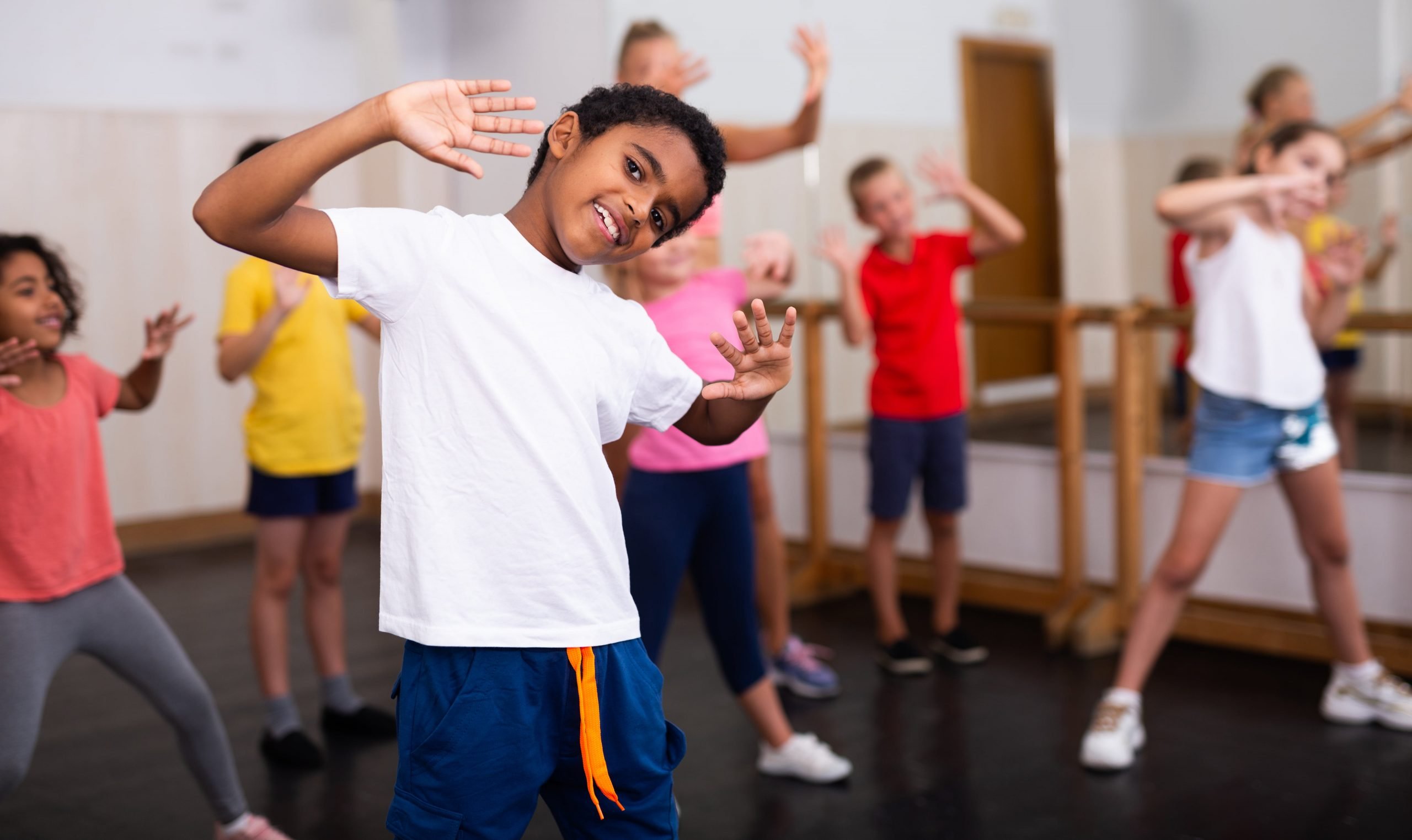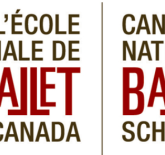Get your Students Moving and Grooving

Previously published in Volume 86, Issue 2
It is the start of another school year, and this year will be like no other. As we all navigate these unfamiliar circumstances, Canada's National Ballet School (NBS) wants to share the power of dance and help you find creative ways to keep your students moving.
Why dance?
Dance is a powerful yet underutilized tool for health and well-being across all spectrums of Canadian society. Creative movement has the unique ability to connect people and provide comfort during challenging times. For kids, creative movement supports the development of the whole child, fostering expression, collaboration and creativity while developing fundamental aspects of physical literacy.
Ongoing involvement in dance can also:
- Foster a love of movement and desire to be physically active for life
- Increase social and communications skills
- Strengthen bonds with peers
- Improve self-esteem and self-confidence
- Encourage young people to work from their own experiences and abilities, communicating thoughts, emotions and ideas through movement
Creative movement is a flexible tool for your classroom; it can be designed to complement curriculum plans, space restrictions, learning abilities, physical and cognitive abilities, cultural and language contexts, and more.
“Art has an amazing ability to help heal, to connect, and I think during COVID-19 my students need an outlet. To see dance resources that give a sense of normalcy is amazing. To keep them motivated, to keep them excited about something new and to keep them inspired that there are beautiful things out there has been really helpful.”
– Shannon, elementary school teacher in Saskatchewan
Bringing dance online!
In this new school year, technology is an important tool for engaging students in the classroom or from home. Canada’s National Ballet School offers a suite of free online creative movement resources to help educators keep kids moving all year long. No dance experience is necessary to facilitate NBS’ Kids programs!
NBS’ online resources include videos, lesson plans, sample rubrics, and additional course content developed by world-renowned dance experts and teachers. Access cross-curricular units that connect creative movement to science, geography and social studies; explore the activity library; learn about powwow and hip-hop from artist Angela Gladue; or experience the magic of ballet and learn about its evolution. Below you will find highlights from NBS’ resources for kids and the many ways you can engage students in the physical, social and emotional benefits of dance!
3 ways to get your students dancing!
- Access bilingual cross-curricular learning units that use dance to explore subject areas like science, geography and language arts!
Each unit includes a series of printable lesson plans paired with demonstration videos and downloadable music. Lessons will take students through the creative process as they learn about maps, energy, poetry and more.
2. Dance with Angela Gladue!
Get in the groove and join artist Angela Gladue for a study of powwow and hip-hop dance. Angela will guide you through three units: hip-hop basics, powwow basics and an original choreography that combines the two styles. Kids can follow along with these step-by-step instructional videos in the classroom, or from home.
3. Explore the world of ballet!
Whether you are a ballet connoisseur or watching a performance for the first time, NBS invites you to Fall in Love with the Ballet. This recently launched free online resource features performances and supporting materials curated and created to provide a glimpse, through the lens of young artists, into the world of ballet. Watch full performances by NBS students and access teaching guides for grades 4-12 with curriculum connections to the arts, writing, media literacy, and social studies.
PLUS: Explore the Activity Library, learn a special choreography by Jera Wolfe, learn about teaching creative movement to kids, and more!
Visit https://www.nbs-enb.ca/resources/educators/ to learn more about NBS’ online dance resources for kids!
(Photos courtesy of Canada’s National Ballet School)








